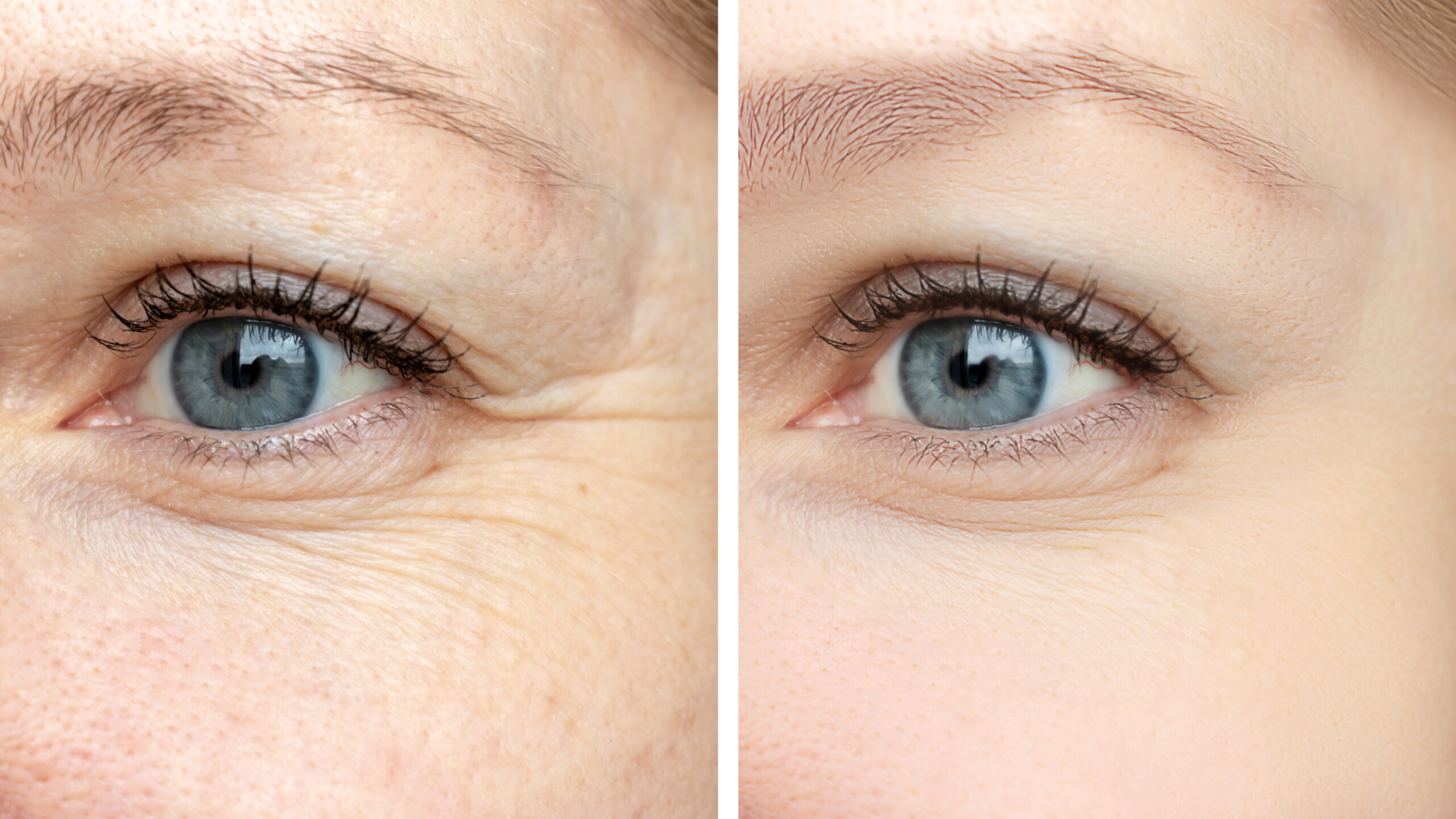IV therapy, or intravenous micronutrient therapy, is the direct administration of minerals and vitamins into the bloodstream.

Vitamin IV therapy, also known as intravenous micronutrient therapy, involves the direct administration of a concentrated mixture of minerals and vitamins into the bloodstream. In contrast to the gradual absorption of nutrients through traditional means, vitamin IV therapy allows for the rapid absorption of nutrients at higher concentrations.
After undergoing intravenous (IV) hydration therapy, individuals typically experience a noticeable improvement in their overall well-being within a short period of time, often within just a few hours.
IV therapy cost varies significantly depending on where you get your treatment and the supplement mixture.






